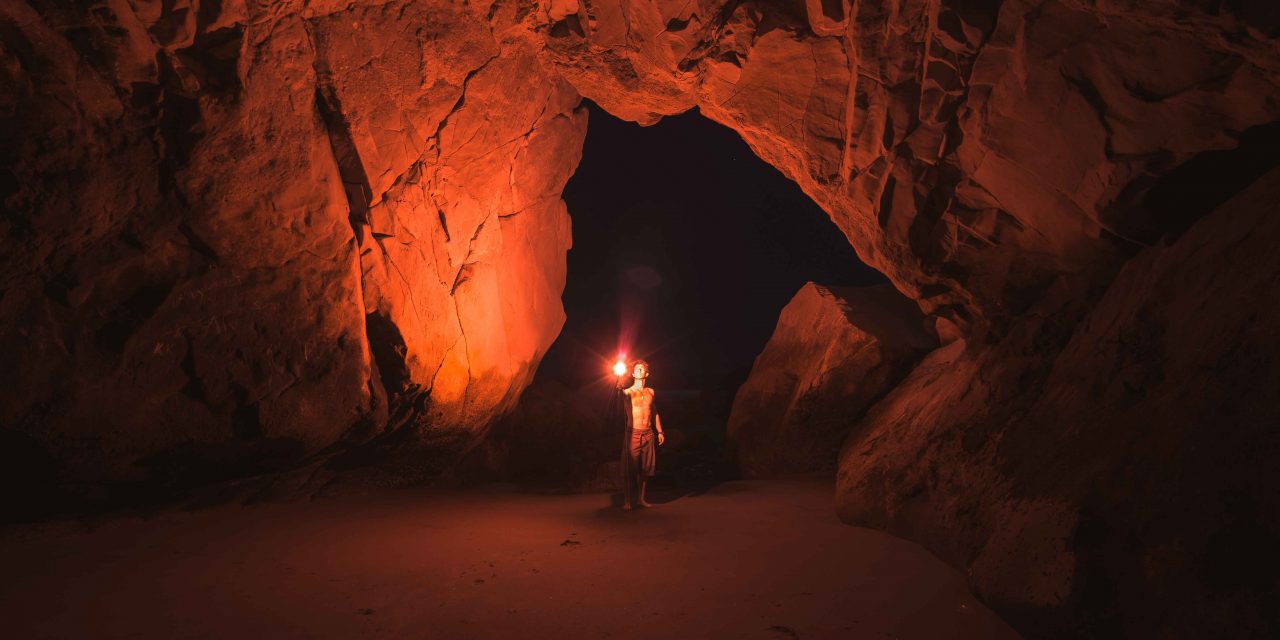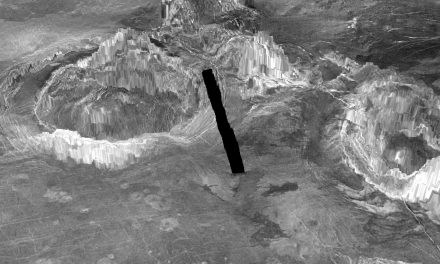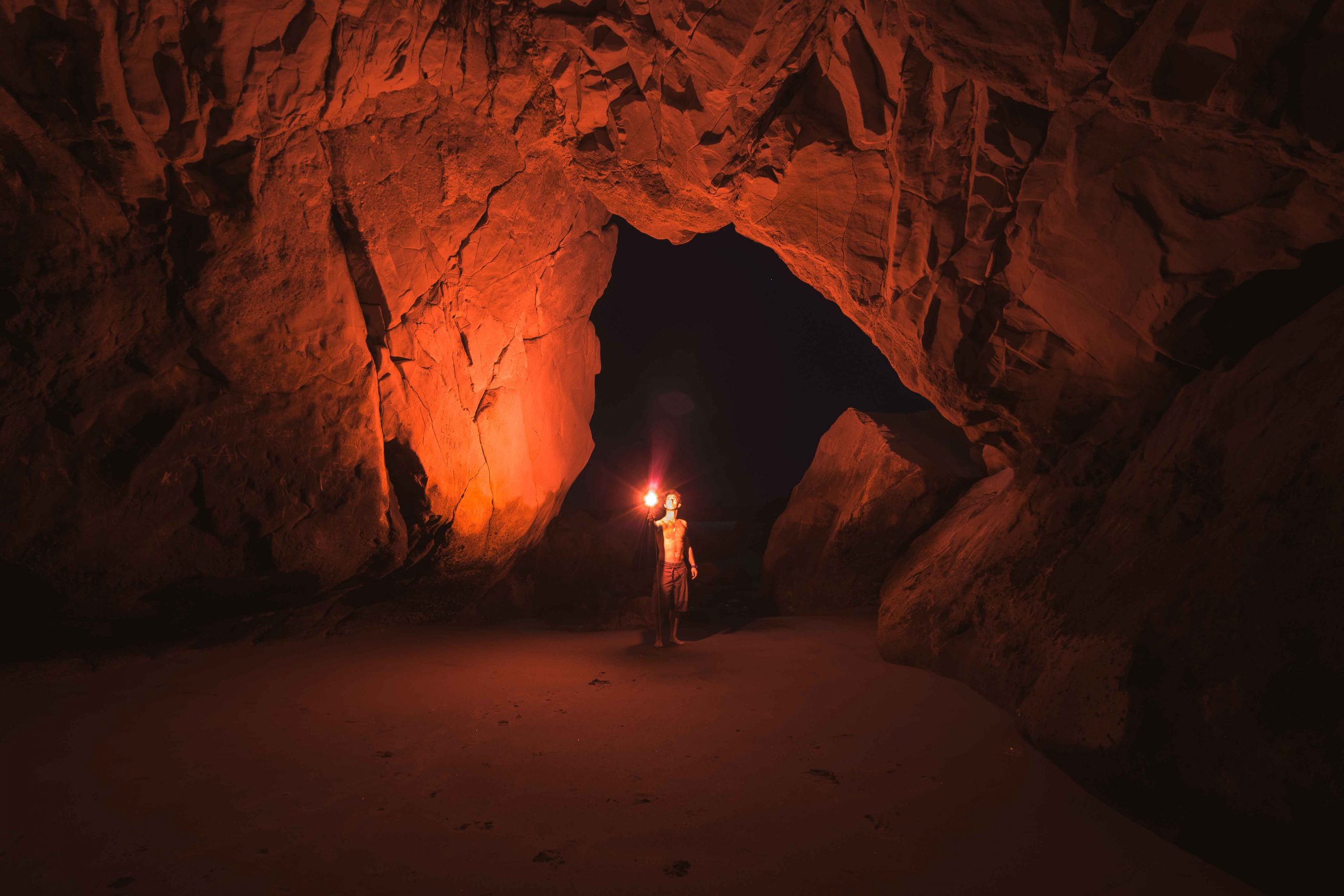
Discovery of 30,000 Year Old Stone Tools Suggests Humans Lived in North America Much Earlier Than Previously Thought

Photo by Jeremy Bishop from Pexels
Archaeologists discovered roughly 1,900 stone artifacts in Chiquihuite Cave in Northern Mexico.
DNA analysis dates the time to around 25,000-30,000 years ago. Which is 10,000-15,000 years earlier than the first human inhabitants of the Americas, the Clovis People, were thought to have been the first settlers of the Americas.
Who the first inhabitants of the Americas were, has always been a topic filled with debate. This new discovery will certainly add to those discussions.
How Did They Date The Stone Artifacts?
Archaeologists used palaeoenvironmental data to create a reconstruction of the Late Pleistocene-Early Holocene era from the plant and animal remains in the Chiquihuite Cave.
Radiocarbon dating and Optically Stimulated Luminescence (OSL) dating findings support the data found from the flora/fauna remains of the Late Pleistocene-Early Holocene era.
Who Were They?
Not much is yet known about the ancient people that settled in the cave. Scientists hypothesize that they used the cave as winter shelter for only short periods of time and no human DNA as so far been recovered.















